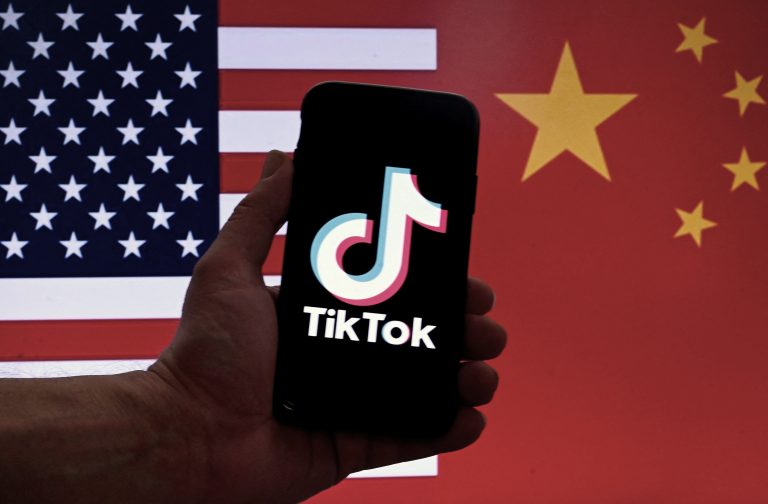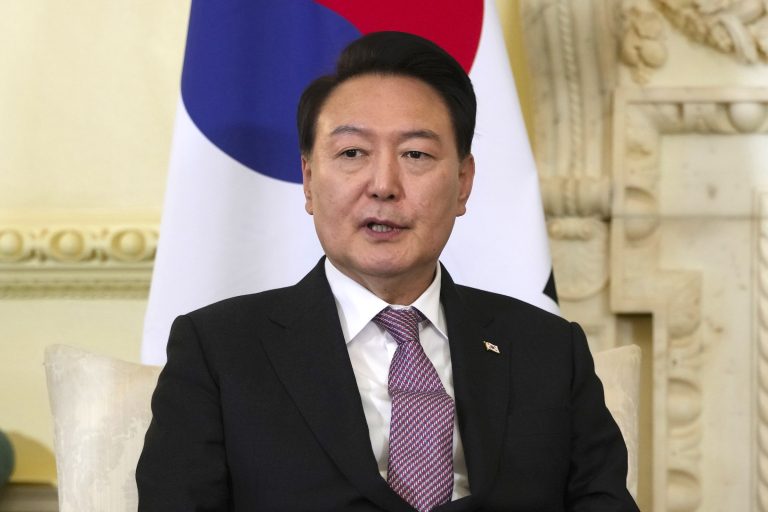While Washington and Tokyo prepare for talks on a bilateral free trade agreement between the world’s first and third largest economies, the Chinese communist regime is trying to appeal to Japanese officials and businessmen in its efforts to stave off the worst effects of the ongoing Sino-U.S. trade conflict.
The U.S. President and Japanese Prime Minister Shinzo Abe met on Sept. 26 during the U.N. General Assembly session in New York. The two leaders agreed to hold negotiations, citing the need for a “strong, stable, and mutually beneficial trade and economic relationship.”
And ahead of Abe’s visit to China, scheduled to take place between Oct. 25 and Oct. 27, Beijing is looking to Japan as a potential partner as China braces for the prospects of an increasingly sluggish economy.
On Oct. 10, Chinese Premier Li Keqiang called for increased economic cooperation between the two East Asian powers.
“Along with Japan, we would like to protect the multilateral trade system and develop free trade,” Li told former Japanese Prime Minister Yasuo Fukuda and Hiroaki Nakanishi, head of Japan’s most powerful business lobby. The Chinese No. 2 leader’s comments were translated by Japan’s Kyodo News.
Success
You are now signed up for our newsletter
Success
Check your email to complete sign up
According to Kyodo, relations between Japan and China have been improving. Nakanishi, who chairs the Japan Business Federation (Keidanren) and had met Li with other Japanese business leaders in September, expressed interest in the Chinese offer.
China’s economy, already slowed by a combination of suffocating state interventionism and corruption, now adds an aggressive U.S. foreign policy to its woes. Beginning in June, Washington began imposing tariffs ranging from 10 to 25 percent on hundreds of billions of dollars’ worth of Chinese exports to the United States.
The Trump administration’s actions were met with Chinese countertariffs primarily aimed at the U.S. agricultural sector. The effects of this, however, are mitigated somewhat by the fact that American goods imported to China are critical commodities such as soybeans, and China can only partially satisfy its domestic demand by engaging with third parties.
Meanwhile, China’s status as the “world’s factory” has been on the decline for years, with low-tech and low-skill production shifting increasingly to South and Southeast Asia.
In early October, the United States negotiated a replacement to the North American Free Trade Agreement (NAFTA), the U.S.-Mexico-Canada Agreement (USMCA). The new agreement lowers competitive barriers for U.S. farmers and manufacturers while promoting workers’ rights in all three countries.
Reinforcing the US-Japan Alliance
The United States and Japan have been strong geopolitical partners since the end of World War II, but as the latter’s economy skyrocketed, Japanese and American officials haven’t always seen eye to eye. For the United States, Tokyo’s protectionist regulations designed to bolster its local agricultural and auto industry are of particular concern.
In addition, Prime Minister Abe’s government has remained committed to the Trans-Pacific Partnership, a free trade agreement between multiple Pacific nations that included the United States until Trump withdrew from it to protect American farmers and manufacturers.
In free trade talks with Japan and the European Union, the United States aims to “lower tariff and regulatory barriers and try to reduce large U.S. trade deficits in autos and other goods,” Reuters reported.
According to Japan’s Nikkei Asian Review, the upcoming bilateral talks are a reprieve for the Abe government, since the United States won’t impose heavy tariffs on Japanese cars while talks are underway.
“During the discussion, we agreed that there will be no additional tariff on autos,” Abe told reporters after his meeting with Trump. But he apparently got the U.S. president to compromise on agricultural products: “We agreed that the terms of the past Economic Partnership Agreements will be the limit,” Abe said.
But whether Japan gets a good deal with the United States could hinge on how it handles offers from Beijing.
In the USMCA treaty signed with Canada and Mexico, the United States successfully negotiated the inclusion of what U.S. Commerce Secretary Wilbur Ross described as a “poison pill” directed at China to close loopholes that Beijing exploits to create unfair business advantages.
Reuters reported that “the provision in USMCA, which is expected to replace the North American Free Trade Agreement, effectively gives Washington a veto over Canada and Mexico’s other free trade partners to ensure that they are governed by market principles and lack the state dominance that is at the core of President Donald Trump’s tariff war against China.”
The provision controls for the possibility that one member of the USMCA might unilaterally enter a trade agreement with another country, such as China, by allowing the other two countries in the USMCA to quickly scrap the agreement and form a new bilateral relationship.
Ross said that with the precedent such “poison pill” deals now set, it would be easier to introduce it into agreements with other governments — such as those of Japan and the EU.
“People can come to understand that this is one of your prerequisites to make a deal,” he said.
Follow us on Twitter or subscribe to our weekly email














